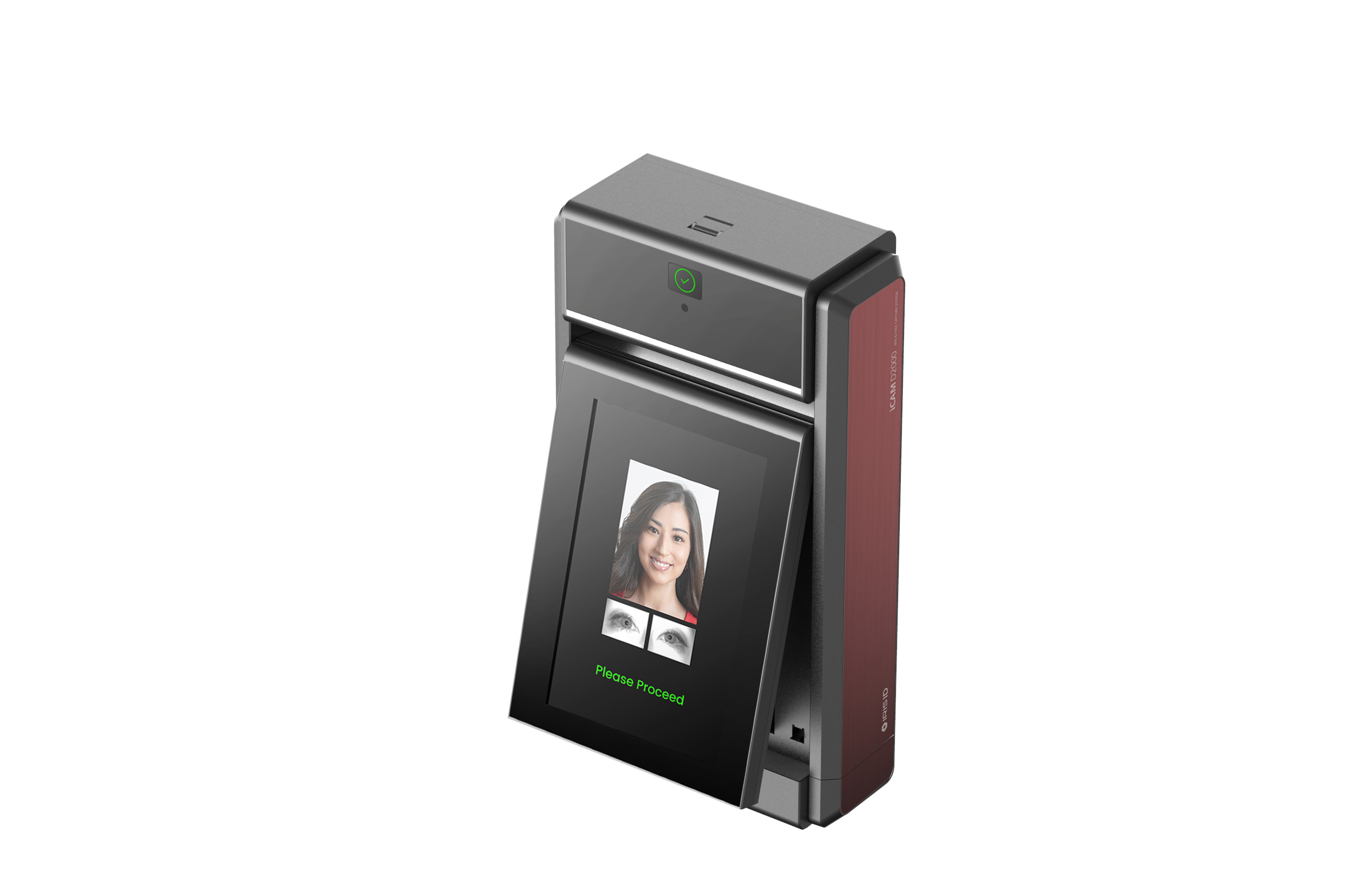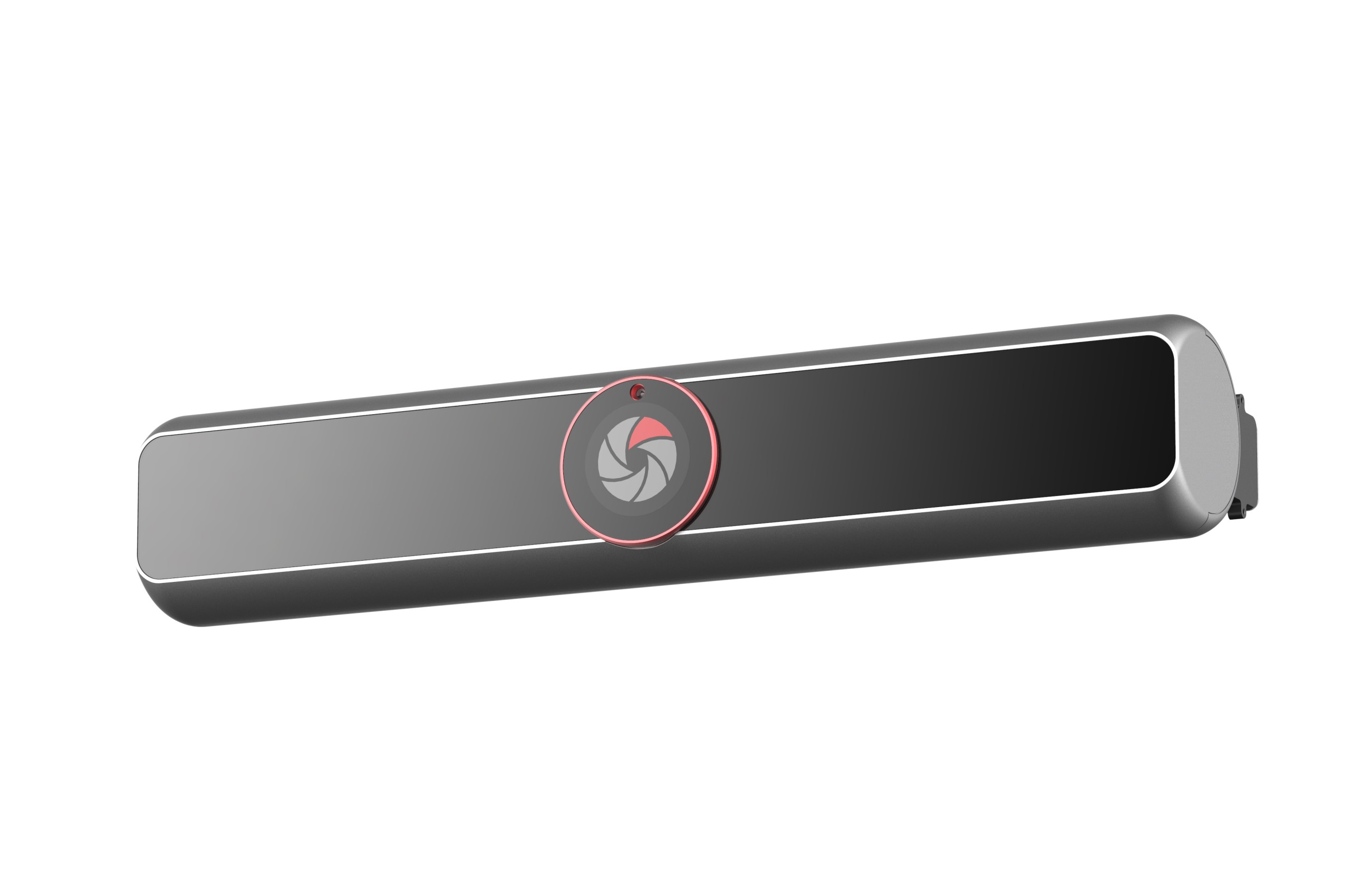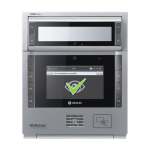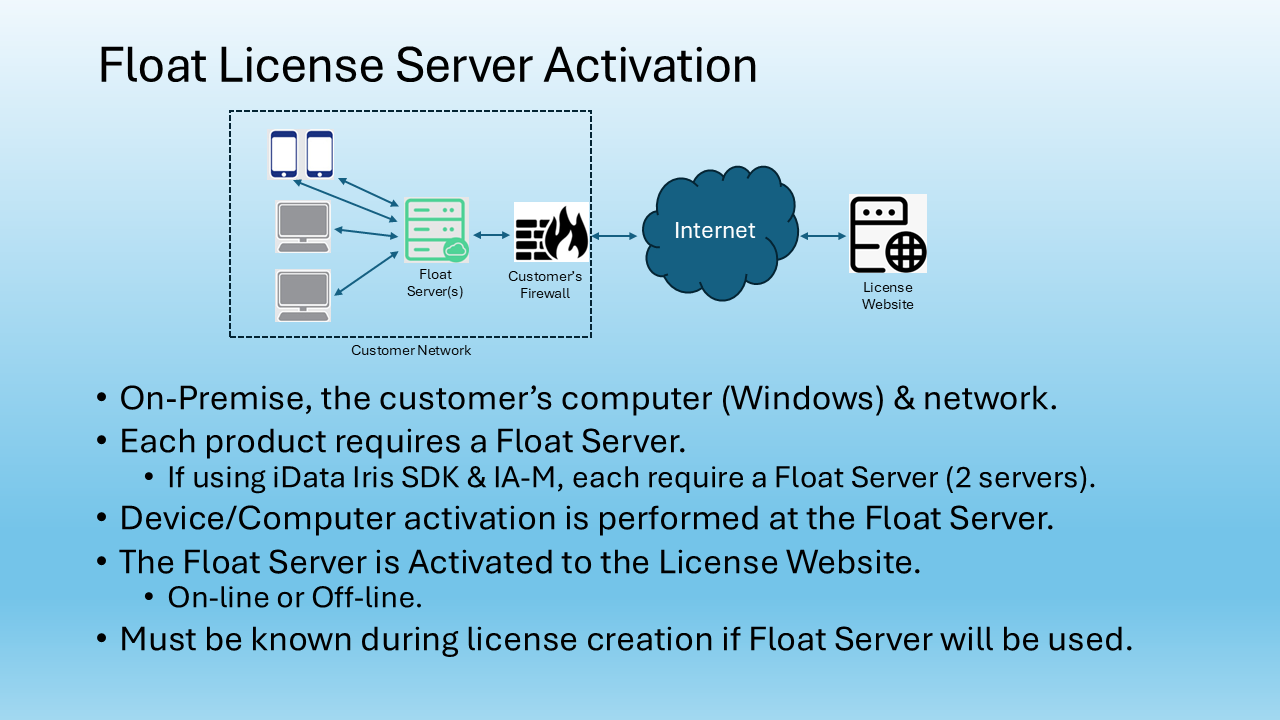Transportation & Immigration
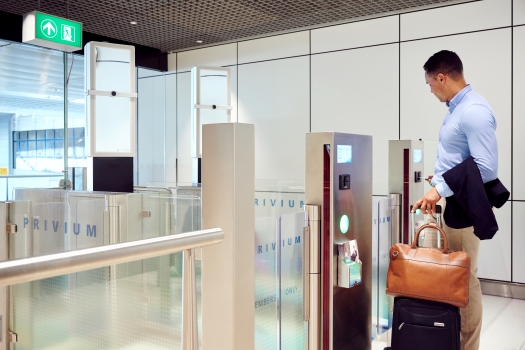
Innovative biometric technology is the best strategic approach for the aviation industry to adopt in order to solve passenger satisfaction challenges and deliver a more efficient, safe, and modernized travel experience. At the crux of the problem is the ever-increasing number of travelers and outdated security processes leading to frustration and long delays at several touch points of the passenger journey including check-in security, baggage management, immigration and even loyalty programs. In addition to these woes, airports need to provide reliable access control areas for airport personnel and control for aging infrastructure which also contributes to a diminished travel experience.
Iris ID has extraordinary expertise in providing iris technology as a touchless solution for airports and the aviation industry both internationally and within the United States. Examples include:
- Hamad International Airport – every year millions of passengers use biometric-enabled immigration counter e-gates at HIA as well as over 500 border crossing points in Qatar. Iris technology is so accurate and fast, during FIFA World Cup 2022, 150,000 passengers (35 passengers/minute) were authenticated using our technology at the Salway border crossing between Qatar and Saudi Arabia.
- Amsterdam’s Schiphol Airport – The Privium program allows Dutch citizens and travelers to clear customs and immigration in 15 seconds or less. This same technology is extended to manage access to the airport’s three lounges, all exclusive to members of the Privium program.
- CATSA (Canadian Air Transport Security Authority) – uses Iris ID’s iris recognition hardware and software as part of the Restricted Area Identity Card (RAIC) program. The RAIC enables authorized personnel to access secure areas of the airport only after presenting both a valid card and the appropriate biometric.
- CLEAR – a United States (Clear program now at 54 airports) Nationally, a paid airport membership allows members to move faster through airport security by checking in at kiosks with their iris or face and avoiding manual checks.
Click here for full case study details.
Iris technology offers the solution of speed, accuracy, and reliability. Known to be bias-free and the most accurate biometric, by implementing an iris-based service you give the ability for passengers to move quickly and securely, without having to touch anything, use pin pads or stand in very long lines. Iris ID can also support the fact that our latest iris recognition algorithm performed in first place in single eye for FPIR according to NIST March 2022 results. Our algorithm is the best considering overall performance in accuracy, search speed, template generation speed and template size.
Iris technology works on travelers of any gender, color, height, weight, and age over 12 months. It even works if you are wearing glasses, have facial hair, or are wearing a mask/hat or hijab/niqab. The technology is ready to be applied at kiosks, e-gates, ATM’s, immigration lanes, and border control. 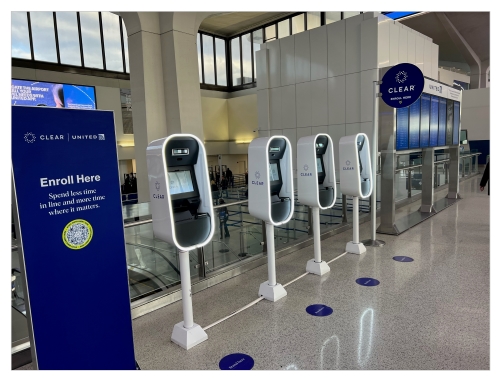 In the future at airports, it can even be used by travelers to purchase snacks or shop. CLEAR has already installed the technology at sporting venues and stadiums around the U.S. where attendees can enter these venues using their biometric.
In the future at airports, it can even be used by travelers to purchase snacks or shop. CLEAR has already installed the technology at sporting venues and stadiums around the U.S. where attendees can enter these venues using their biometric.
Biometric education as well as smart and honest data privacy regulation will play an important role in how quickly biometric adoption can be achieved. Iris technology is completely safe to use and is comparable to taking a digital picture of the iris and recreating an encrypted digital template of the pattern. What’s more, the 512-byte iris templates are encrypted and cannot be re-engineered or reconstituted to produce any sort of visual image of the eye. Iris recognition therefore affords high-level defense against identity theft. The imaging process involves no lasers or bright lights and authentication is essentially non-contact.
Iris ID does not store any template information and cannot access any personal details. Please read our biometric privacy statement here.
To learn how biometrics deliver on safety, accuracy and increase airports’ ROI download our iris technology airport case studies here.
Also, read a few of our blogs on improving airport security and the travel experience.
Research Leads the Way:
- The 2022 Global Passenger Survey from International Air Transport Association (IATA) finds 75 percent of travelers worldwide say that biometrics would simplify and speed airport processes.
- Over 1/3 of travelers have already experienced using biometric identification in their travels, with an 88% satisfaction rate
Learn more about our most popular products used in an airport environment for access control, enrollment, and identification solutions:
Other Resources
Moving Travel Forward with Biometric Identification
The cost of the Covid-19 pandemic to the air travel industry is colossal. Since March 2020, losses have totaled more than $500 billion and new health and safety requirements have aggravated passengers. Looking to the pandemic’s eventual end and a return to a “new normal,” can the travel industry count on technology to help hasten a return to pre-Covid days?
Before the pandemic, industry executives enjoyed a robust business, with 2019 delivering record-breaking passenger travel. Then the pandemic hit. Travel restrictions were imposed, and the industry was turned upside down. Travelers were concerned about safety, security and hygiene in and around airports and executives had to decrease personnel due to lost revenue. But with the development and mass rollout of vaccines, travel is picking up and on track to outpace 2019 numbers.
With the expected number of travelers increasing exponentially within the next 10 years, how will airports provide a safe and seamless travel experience? What improvements will benefit travelers and workers and ensure consumer buy-in to key technologies that create a complete and more efficient travel ecosystem?
One answer lies in an iris technology biometric solution that enables secure identification throughout the travel process. From initial arrival, check-in, baggage check and boarding, the passenger controls the entire process. Interaction with the technology is easy and seamless. Iris technology completes the identification process even if a passenger wears glasses, contacts or is blind. If the iris is intact, the technology will work.
If airports and stakeholders invest in this technology, the return on investment will speak for itself. More efficient passenger flow, accurate identification, less time spent at each checkpoint and transparent travel communication about trip status are just a few benefits leading to more satisfied customers and a profitable industry.
This whitepaper looks at what it will take to meet travel demand, gain consumer and stakeholder buy-in while describing the successful implementation of iris recognition technology.
Privium Border Gates
Qatar Border Control
Republic of Iraq Passport

